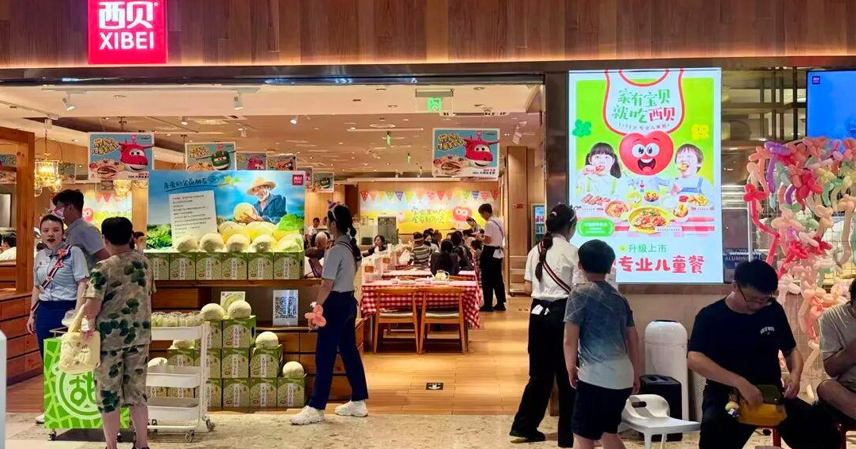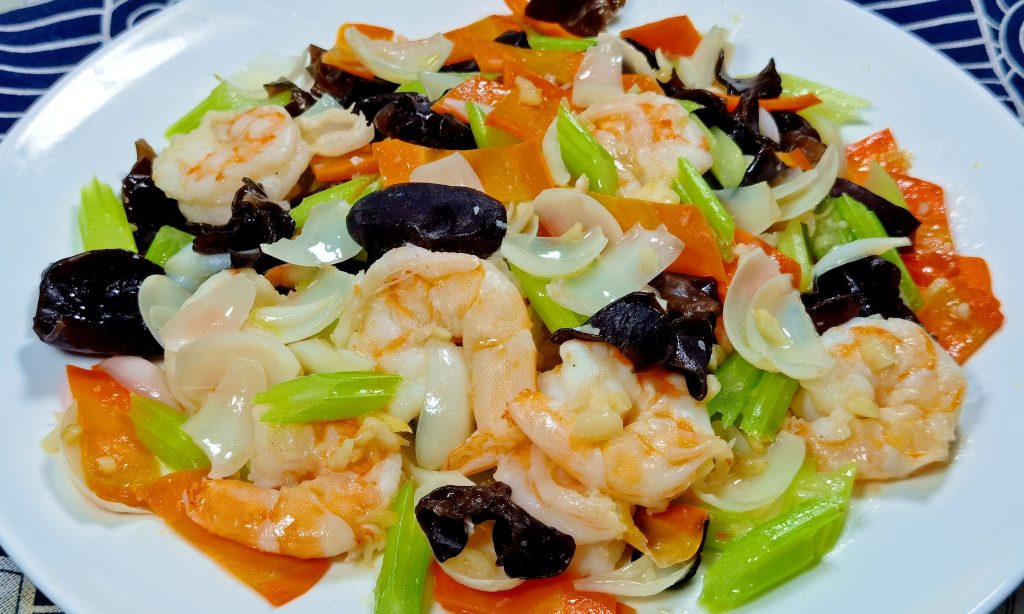The debate over pre-made dishes rages on in China’s food scene, but beneath the noise lies a quirky business approach: leveraging mass-produced, industrialized components to justify mid-to-high-end restaurant pricing. This hybrid—rare globally yet touted as innovative here—fuels the friction. Recent flare-ups, like entrepreneur Luo Yonghao’s public clash with chain Xibei, sharpen the focus: Is this sustainable, or a mismatch poised to reshape Chinese catering and investor strategies?
Beyond the Ingredients: It’s the Pricing Paradox at Play
China’s pre-made dish market hit 485 billion RMB in 2024, up 34% year-over-year, with forecasts eyeing 749 billion by 2026 and potentially trillions soon. They’re staples in fast food and delivery, yet the uproar targets upscale venues quietly reheating them for premium tags.
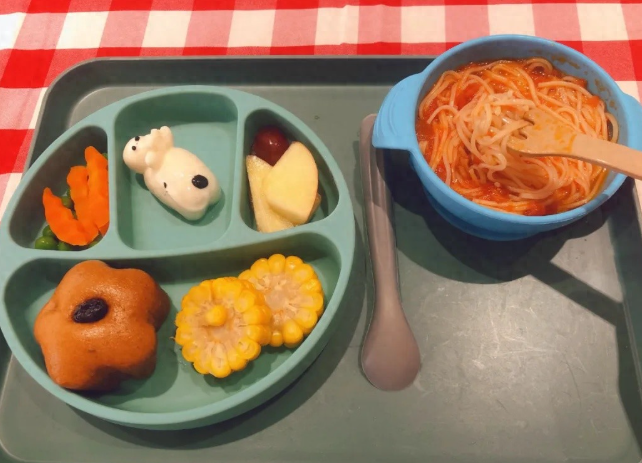
The national standard draft cleared review, stressing clear labeling for consumer awareness—a basic business ethic. But imagine a restaurant serving a labeled “pre-made” lamb rack, zapped and sold for 138 RMB: Would you buy it? Likely not, feeling shortchanged on value. Critics argue it’s not the pre-mades themselves, but the disconnect—charging mid-range dining rates without corresponding fresh prep or service.
Overseas, acceptance differs not from tolerance, but model clarity. A hypothetical “X Co.”—posh decor, servers, “handcrafted” claims, yet central-kitchen reliant for mains—epitomizes the snag.
Tiered Tensions: Defining Mid-to-High-End Realities
Restaurant segmentation clarifies stakes: Fast casual under 40 RMB (self-serve); elevated fast-relaxed 40-80 RMB (upscale noodles, nicer vibes); casual dining 80-150 RMB (spots like Green Tea for lingering chats); premium casual 150-400+ RMB (impress clients).
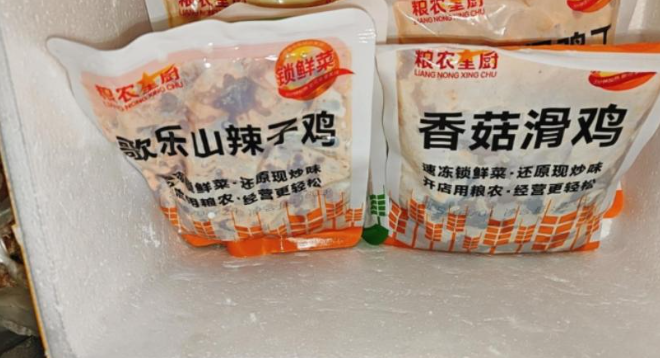
X Co. slots 80-180 RMB—seemingly premium—but skips on-site cooking, a non-starter abroad where such tiers demand visible craft.
U.S. giants illustrate: Chili’s (25-35 USD per head, 215 outlets) preps sauces centrally but cooks mains fresh post-order, with labor at 34.9% of costs—higher than pizza chains like Domino’s, signaling commitment despite slim 5-9% margins. That extra spend (2.4-3B USD yearly) underscores fresh prep’s premium pillar.
P.F. Chang’s, top U.S. Asian casual chain, chops veggies/meats on-site, wok-tosses everything—even branding “no microwaves” for that essential “wok hei” (breath of the wok). Central ops handle basics like washing; cooking stays live, aligning price with performance.
Chinese diners aren’t uniquely fussy—if pre-mades are transparently priced low, they’d embrace them. The rub: Craving upscale revenue sans the costs.
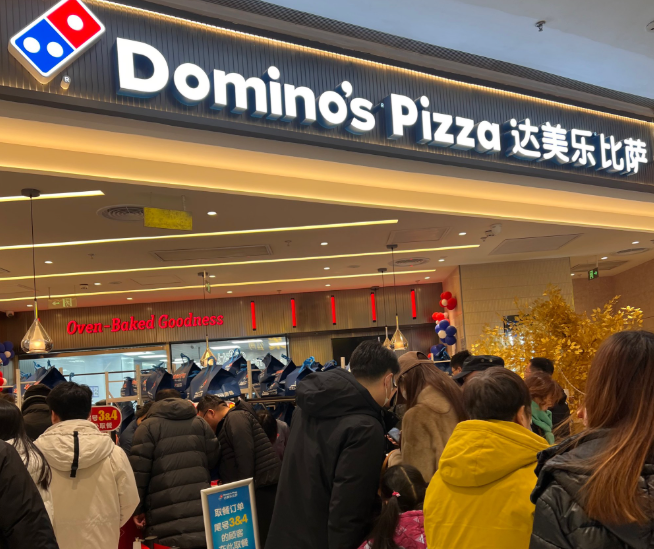
Luo vs. Xibei: Spotlight on the Model’s Flaws
Luo Yonghao’s September 2025 Weibo rant ignited the fuse: After a 85 RMB/head Xibei meal (50% above peers), he slammed “mostly pre-made” dishes as “disgusting,” demanding mandatory disclosures. Xibei denied wholesale reliance but apologized, vowing clearer labeling amid millions of comments on transparency.
This spat exposes the “have-it-both-ways” trap—industrial efficiency for profit, artisanal aura for appeal. Globally unprecedented, it risks eroding trust in Chinese restaurant industry norms.
Market Reckoning: Toward Sustainable Standards
The discourse corrects course: Premium tiers like Chili’s thrive on live kitchens; budget ones own pre-mades outright. Hybrids dilute both, lacking precedents worldwide.
Ultimately, it’s less “ban pre-mades” than “match price to process.” Savvy consumers weigh value intuitively—post-debate, authentic models may consolidate, weeding out mismatches and guiding catering market evolution.
References
- Statista: China prepared food market size (September 2025).
- The World of Chinese: Backlash against pre-made food (September 2025).
- FSR Magazine: Chili’s labor investments (August 2025).
- Zenput: P.F. Chang’s scratch cooking (February 2022, updated insights).

